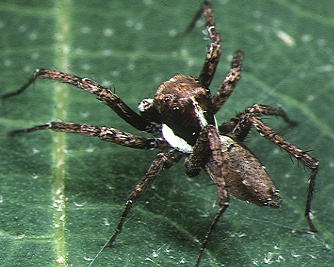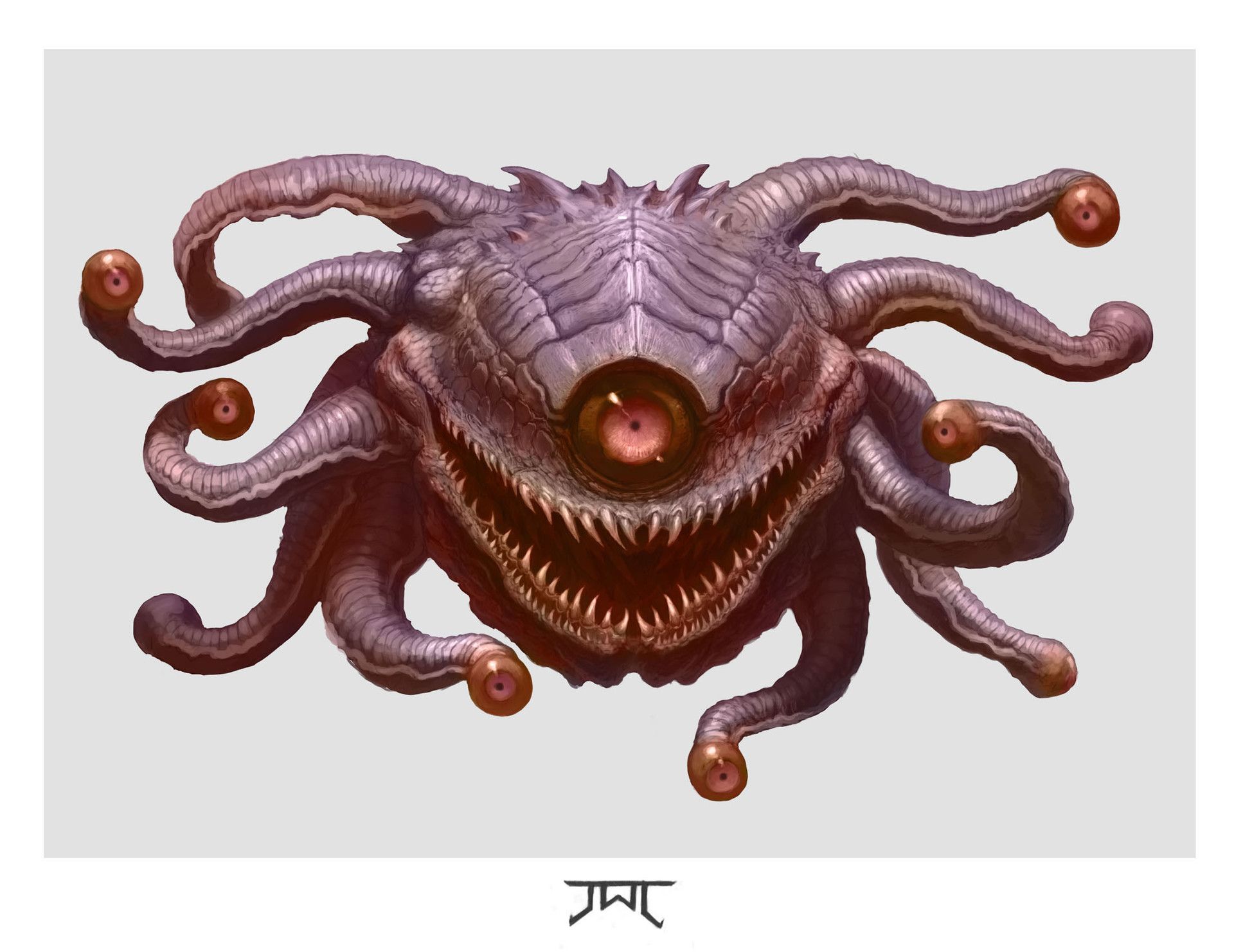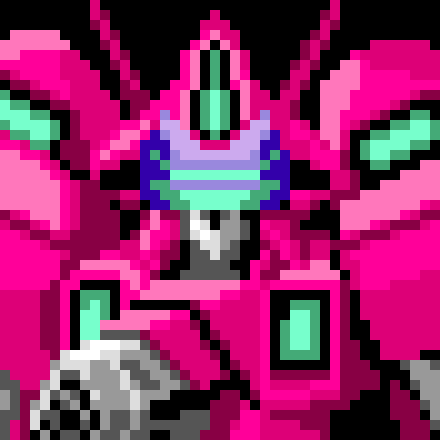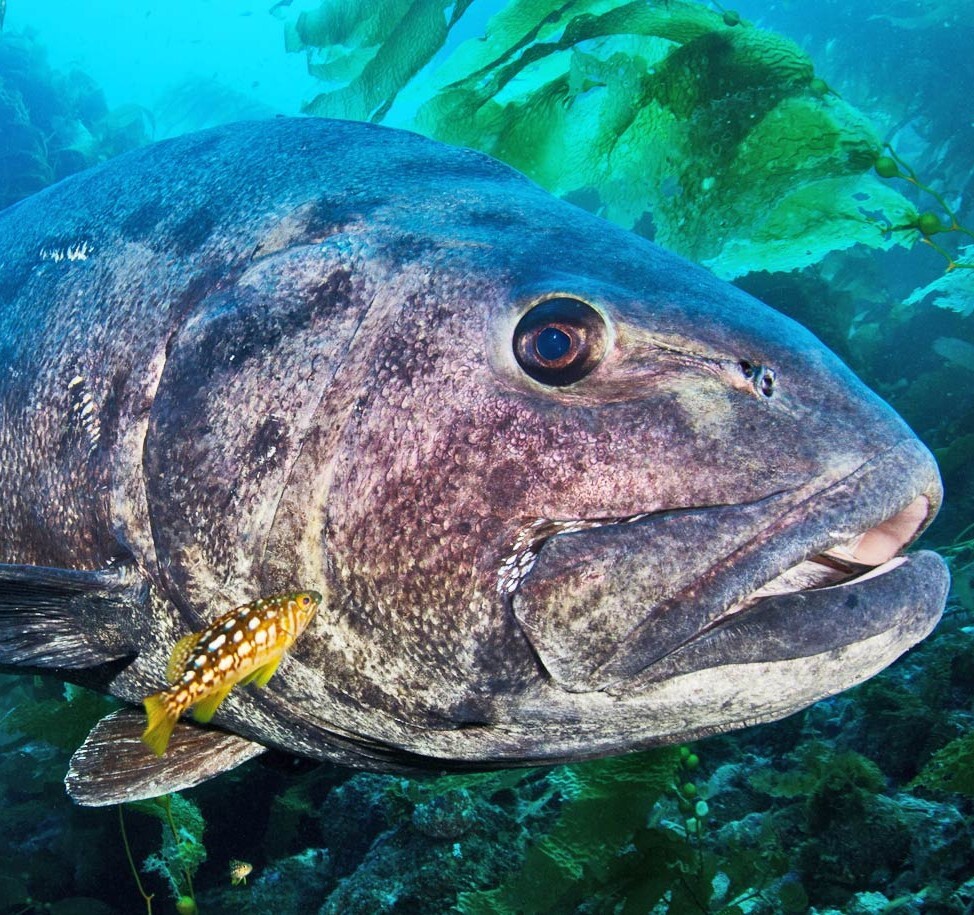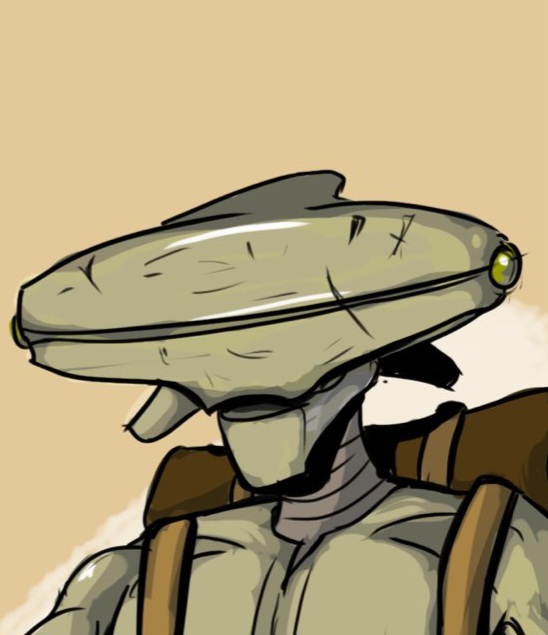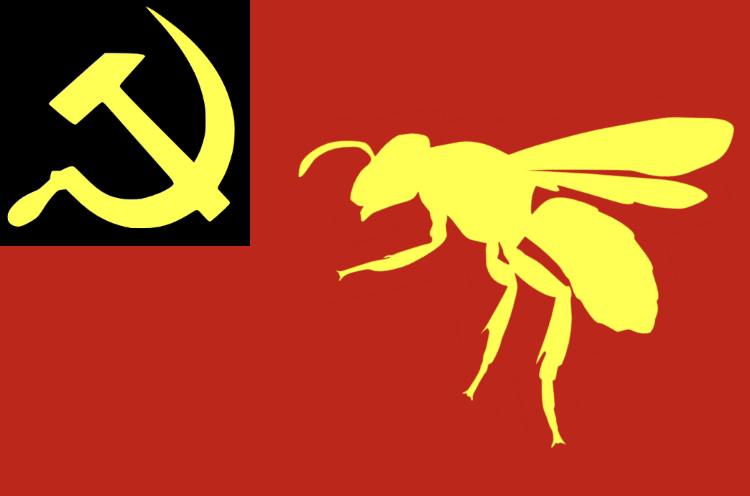Portia is a genus of jumping spider that feeds on other spiders (i.e., they are araneophagic or arachnophagic). They are remarkable for their intelligent hunting behaviour, which suggests that they are capable of learning and problem solving, traits normally attributed to much larger animals.
Intelligence
Portia often hunt in ways that seem intelligent. All members of Portia have instinctive hunting tactics for their most common prey, but can improvise by trial and error against unfamiliar prey or in unfamiliar situations, and then remember the new approach.
They are capable of trying out a behavior to obtain feedback regarding success or failure, and they can plan ahead (as it seems from their detouring behavior).
Portia species can make detours to find the best attack angle against dangerous prey, even when the best detour takes a Portia out of visual contact with the prey, and sometimes the planned route leads to abseiling down a silk thread and biting the prey from behind. Such detours may take up to an hour, and a Portia usually picks the best route even if it needs to walk past an incorrect route.
Nonetheless, they seem to be relatively slow thinkers, as is to be expected since they solve tactical problems by using brains vastly smaller than those of mammalian predators. Portia has a brain significantly smaller than the size of the head of a pin, and it likely has less than 100,000 neurons [!] (for comparison, a mouse brain has about 70 million neurons [!!] and a human brain has 86 billion [!!!]).
Portia can distinguish their own draglines from conspecifics’, recognizing self from others, and also discriminate between known and unknown spiders.
Social behavior
Members of the species Portia africana were observed living together and sharing prey.
If a mature Portia male meets a sub-mature female, he will try to cohabitate with her.
P. labiata females can discriminate between the draglines of familiar and unfamiliar individuals of the same species and between their own draglines and those of conspecifics. The ability to recognize individuals is a necessary prerequisite for social behavior.
smort spider
it likely has less than 100,000 neurons
problem solving ability of a monkey with the neurons of a nematode, we don’t know a goddamn thing about consciousness
As the quote points out, they’re pretty slow thinkers, and take about an hour to come up with “sneak up on the bug from behind.” It’s really more about bandwidth.
Interestingly, portia is the name given to a viral organism in the Peter Watts novel Echopraxia which is somehow able to think and adapt and plan without having any true consciousness or self-awareness. The name is derived from the fact that, yeah, the spiders just shouldn’t be able to plan like this, they shouldn’t be able to remember with so few connections. Yet they can. We’re missing a lot.
I think intra-cellular structures have gotta play a role. There’s been some interesting research - nothing conclusive, mind - into microtubuals. They’re popularly known as the structures that pull apart chromosomes during cell duplication. But they do so much more. They’re like a combination muscular and skeletal system; tubes that form out of pools of smaller proteins (called tubulin) that grow and push against the cell wall, causing movement. Then the tubulin falls apart, to reassemble as a new tube. They are what anesthetics disable – it clogs up the tube’s valence shells, preventing the tubulin from binding to one another. And anesthetics are universal. If it’s a cell, anesthetics can switch it off.
More speculative, the shape of the tubes is apparently interesting for quantum reasons. The tubes are radially symmetric, which is… something exciting for quantum researchers? Quantum computational? maybe?? It’s something I heard and do not understand. Assuming it does play a central role in cognition, it potentially gives us a mechanism for long term memory - in the form of salts that attache to the outside of the tubulin and… do… something.
Er, there is this a real practical indicator, too. So anesthetics block tubulin from forming microtubuals. Ultrasound, set to the right frequency, speeds up the rate that microtubuals form. Still very much in the early experimental stage. Apparently this one ultrasound tech set the frequency and just held the thing up to a patient’s head (after consent forms and such). Made the patient start laughing uncontrollably for a few minuets. Which is weird and interesting. Seen some hope floated that we may get a dementia/alzheimer’s treatment out of it.
I mean, that’s cool, but your mention of structures makes my brain go off on a tangent and recall that octopus limbs can act independently to the point of severed ones trying to move food towards a mouth they are no longer attached to, and has me wondering if the nerve cells distributed through the spider’s body also play a role in its decision-making process, e.g. a sort of body mnemonic. No scientific data behind this thought whatsoever, just something random I can probably put into a story somewhere
Oh man. The second children of time novel is all about uplifted octopuses and their insane behaviour due to having a head brain and then 8 independent limbs that keep doing whatever they want. Like trying to launch missiles at the human/arachnid crew trying to contact them.
You ever been stuck on a problem or puzzle or whatever and have the solution come to you when you’re taking a walk? I’ve always wondered if the brain uses the spinal column and far flung neurons as, like, over-spill space. The wiki almost seems to suggest the spider goes all The Thinker but i can’t help but picture a fidgety li’l guy doing excited jitters to work out how to move two meters through tall grass without getting lost.
deleted by creator
And as long as we believe the brain to be responsible for creating or causing consciousness, we’ll keep misunderstanding it.
consciousness is stored in the balls
I’m consciously balsy
I’m nutty for consciousness
Don’t testes my consciousness



Aw man corbyn is too low. Whatever, you get what I’m doing
you gave our lovely jam uncle the blue balls, you monster
Serious question: where does this speculation originate?
i just give up and take the easy panpsychic way out where consciousness is a base property of matter
Sounds like an excuse to mention spider novels! Children of Time is a cute-but-serious scifi about “what if smol Portia got beeg like dog”.
It’s a fun read - A Deepness in the Sky is an earlier novel by Vinge about “mature space humans discovering pre-spaceflight arachnid aliens who are Just Like Us (except not really)”.
Adrian Tchaikovsky was the random sleeper author I didn’t know I needed until I randomly picked up this book
so cute, spiders are some of the best
If you think intelligent spiders named Portia are cool, highly recommend the novel “Children of Time” by Adrian Tchaikovsky. It’s one of the best sci-fi books I’ve ever read.
It’s also part of a trilogy, but imo the first (Children of Time) is the best
im on the second book now
if Kern were my god, I’d say prayers. Spider GLaDOS deserves the universe
spiders are cool
I learned about this one in Peter Watts sci-fi book Echopraxia
I have a textbook on spider behavior. Portia really does steal the show. My favorite species might be fimbrata for its drab appearance and specialty for hunting orb weavers with fremen-like movement patterns.
I am arachnophobic but at the same time I’m fascinated with spiders. This one is pretty cool, I wish all Portia spiders a good time getting their food and mates.


